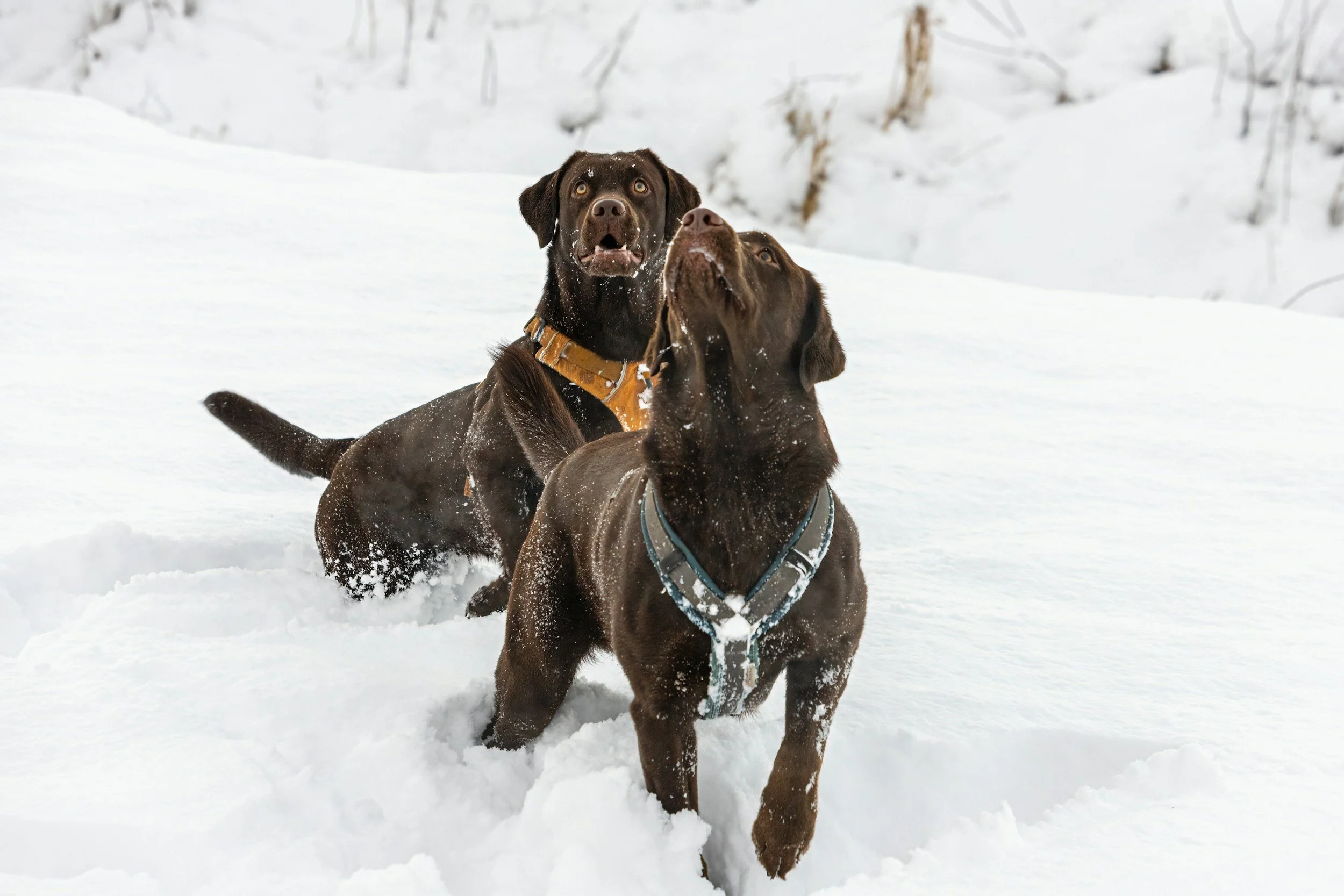
Snow Happens
Snow doesn’t cancel training—it just changes the lesson plan. Here’s how to keep sessions fun, effective, and full of connection all winter long.

The Gift of Doing Nothing
Doing nothing is a skill. Here’s how to teach your dog to settle, breathe, and find calm—even when the world won’t stop moving.

🐾 The Calm Before the Chaos
Calm isn’t trained in the middle of chaos—it’s built in the quiet moments before it. Here’s how to make calm your dog’s favorite habit.SEO Title: The Calm Before the Chaos — Building Household Calm Before Life Gets Busy

The Power of a Reset: Why Starting Over is Sometimes the Smartest Move in Dog Training
A training “reset” can turn frustration into progress. Learn how and when to reset in dog training to keep your dog engaged, confident, and ready to try again.
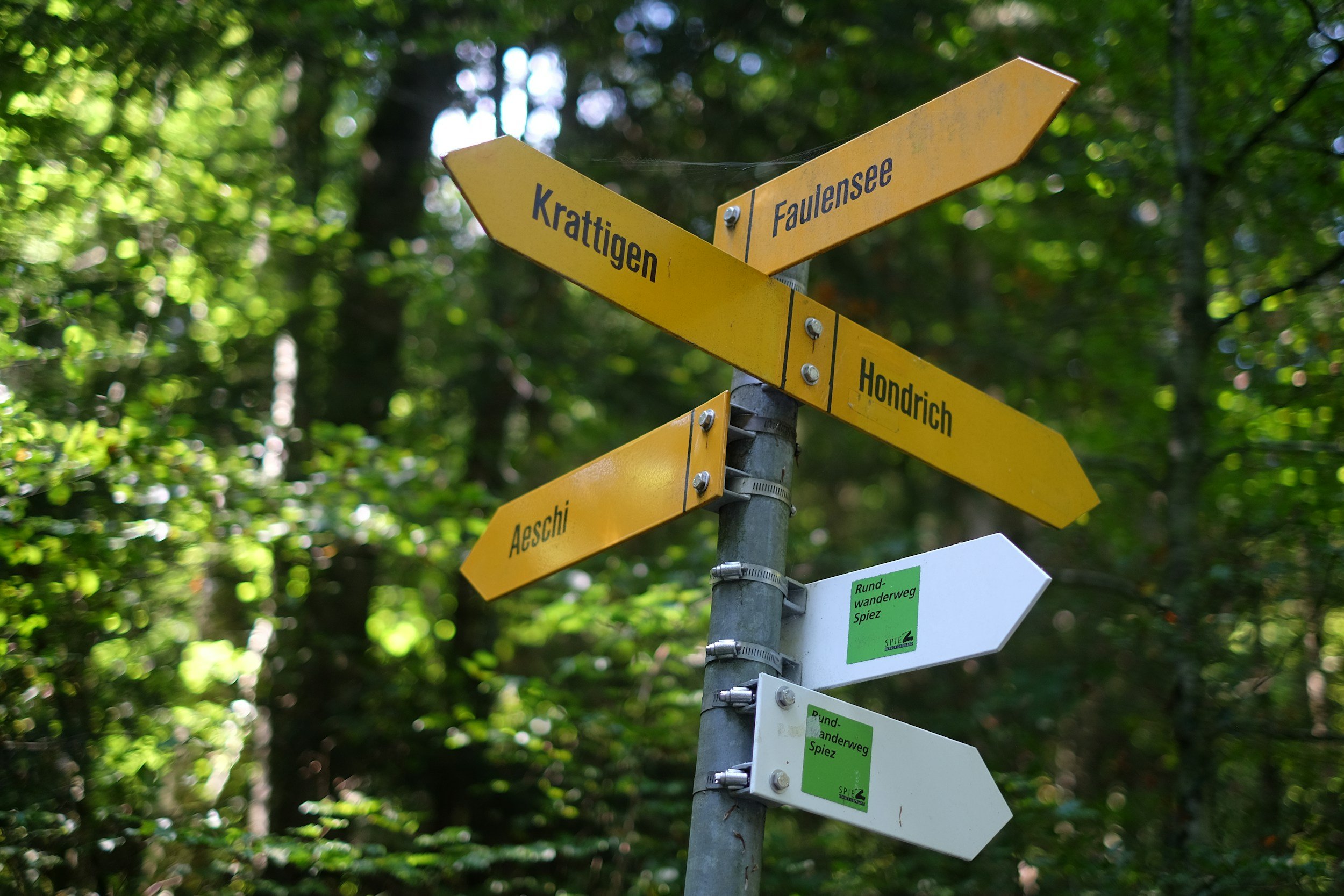
Choice-Based Training: How Giving Your Dog a Say Builds Confidence, Trust, and Better Behavior
Choice-based training gives your dog safe, structured options — and teaches them which ones work best. Learn how this approach builds confidence, trust, and engagement.
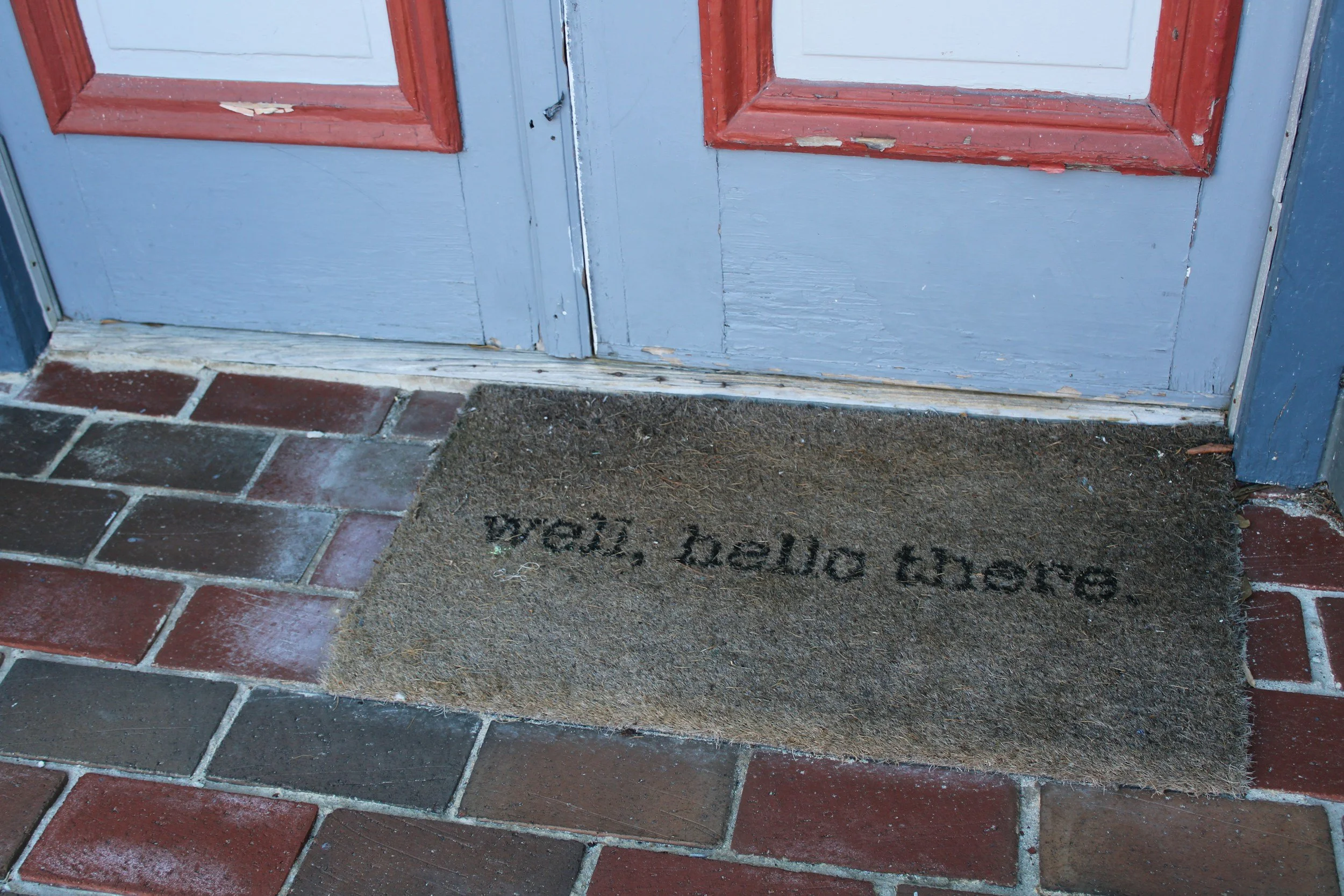
Threshold Training: Teaching Your Dog to Pause, Think, and Listen Before They Cross
Threshold training teaches dogs to pause, think, and check in before moving forward. Learn how to use this skill for calmer walks, safer doorways, and better focus anywhere.

The Three D’s: Building Reliable Behaviors in the Real World
Distance, duration, and distraction are the keys to making your dog’s training reliable anywhere. Learn how to use the Three D’s to turn basic skills into rock-solid habits.
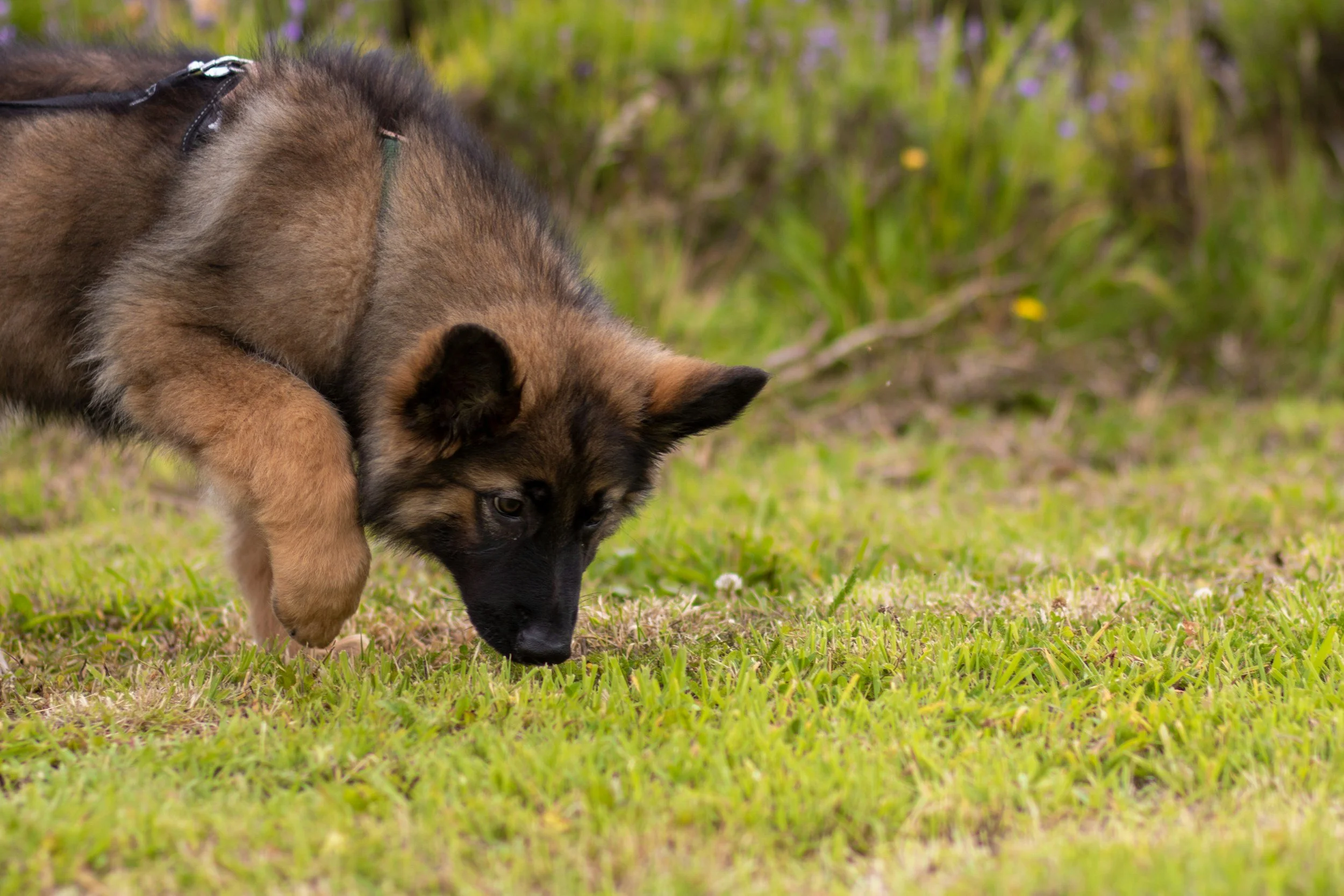
Teaching Your Dog to Sniff on Cue: Enrichment You Can Control
Teaching your dog to sniff on cue gives them enrichment and calmness without losing control of the walk. Learn how to train it, when to use it, and why it’s such a powerful tool.
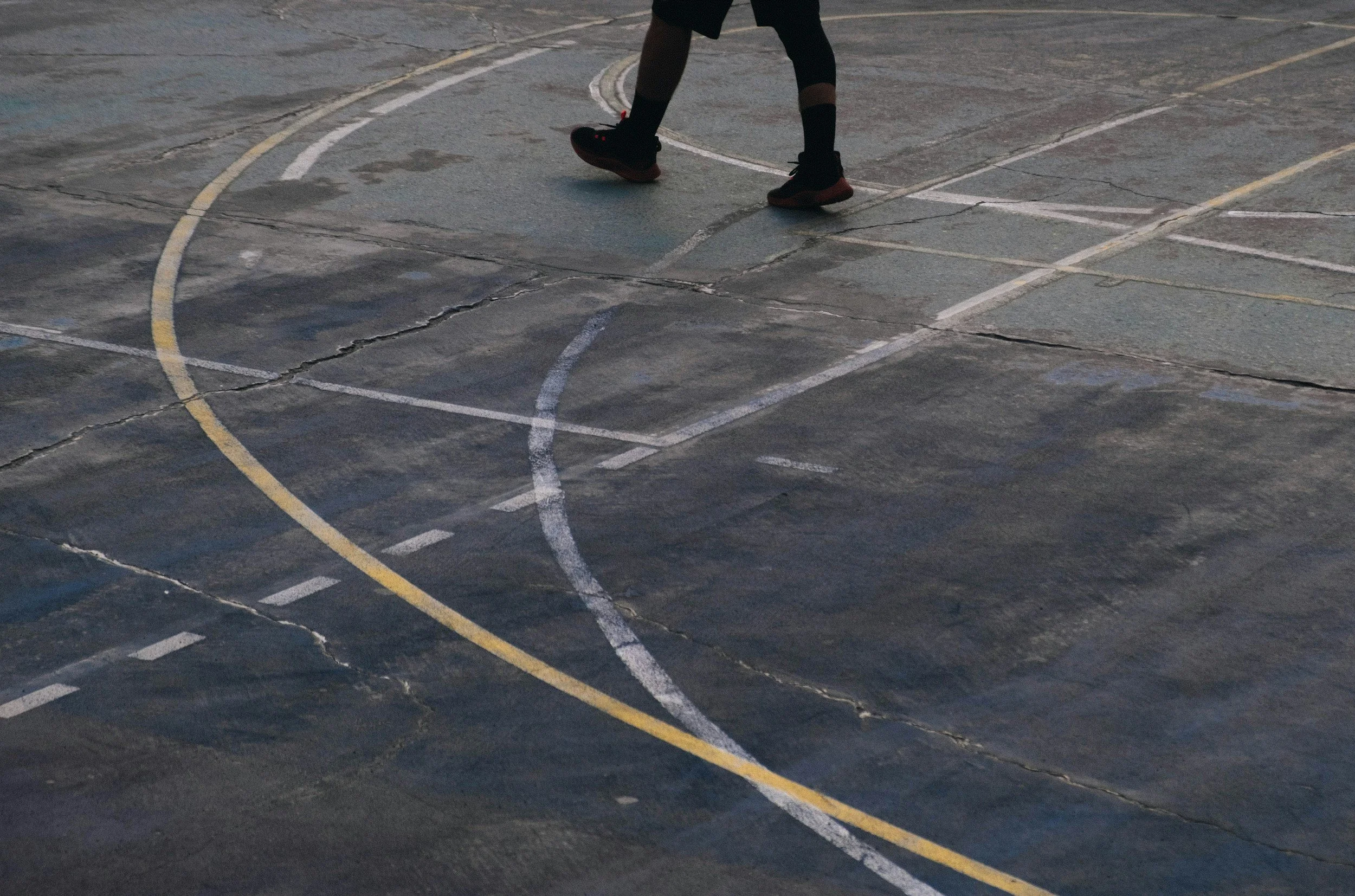
The Power of Pattern Games: Predictability Builds Confidence
For anxious, reactive, or overexcited dogs, unpredictability is exhausting. Pattern games create calm by replacing chaos with something reliable — and confidence grows with every repetition.
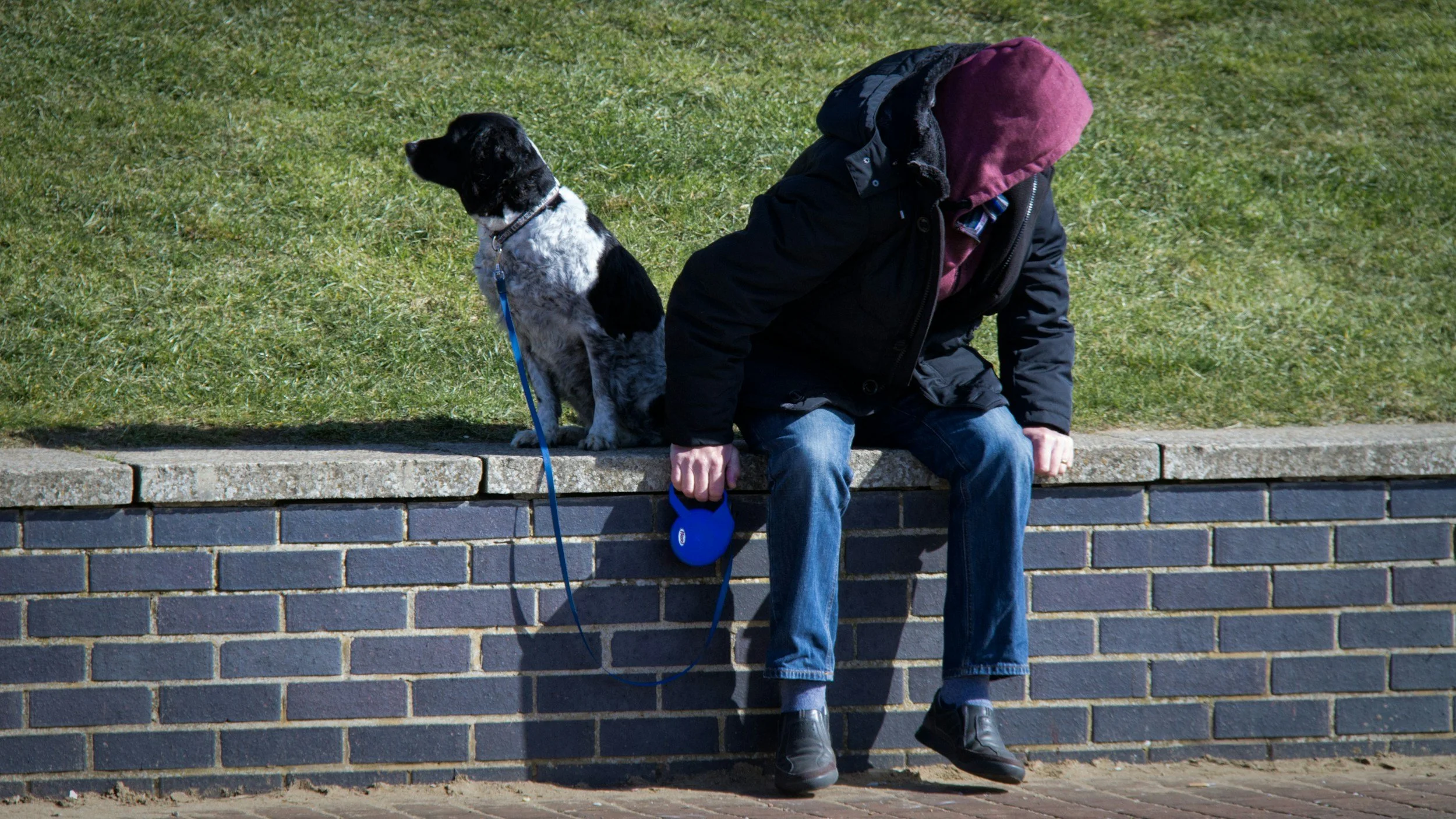
Sometimes Nothing Is the Best Something
In training, we focus on doing — but sometimes the most powerful thing you can do is nothing. Here’s how intentional stillness builds calmness, patience, and resilience in your dog.
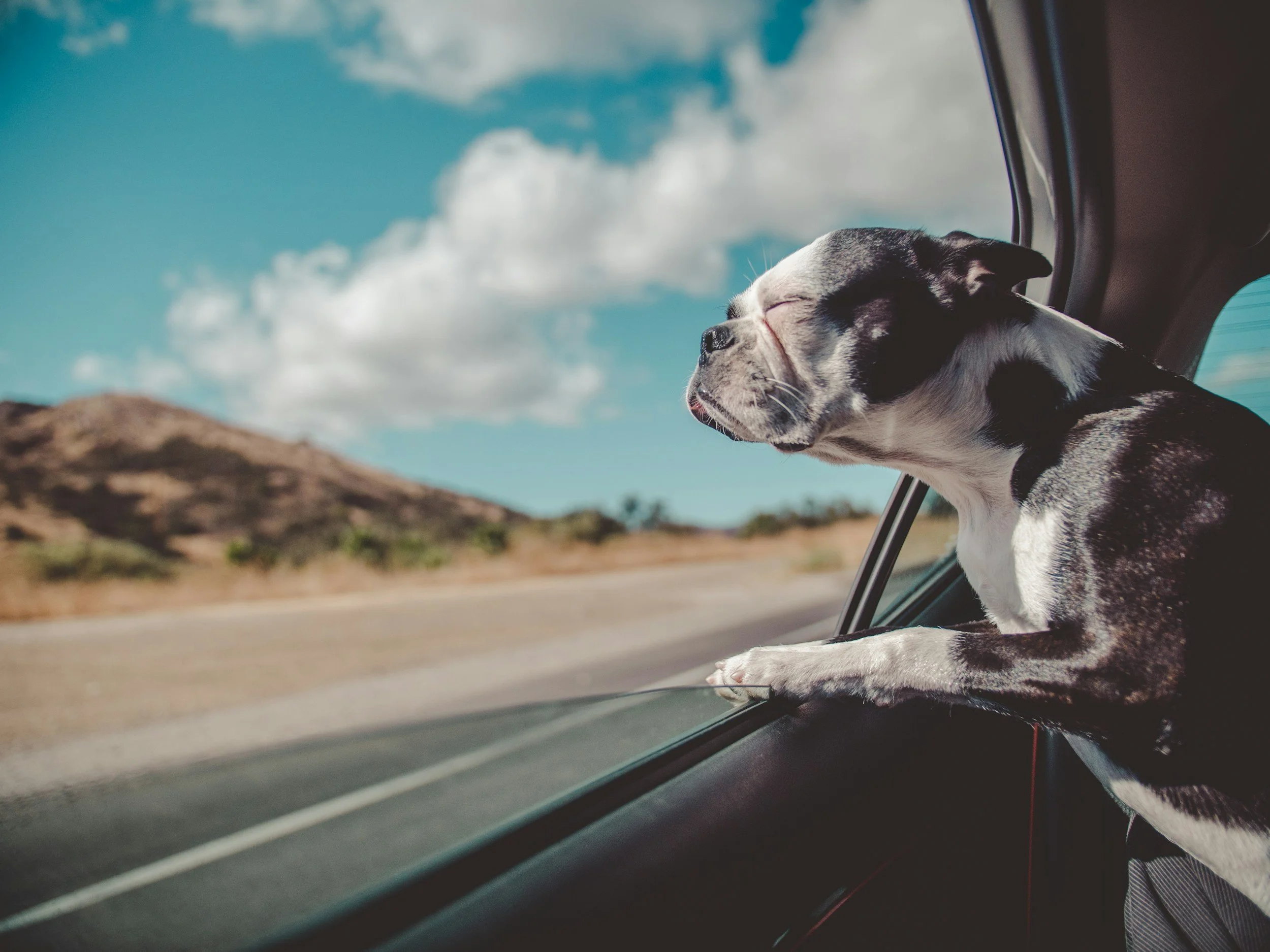
Calm Starts at the Trailhead: Why the First 30 Seconds Matter
Before you unclip the leash or swing open the car door, take a moment. How you start your adventure sets the tone for the entire walk — for both you and your dog.
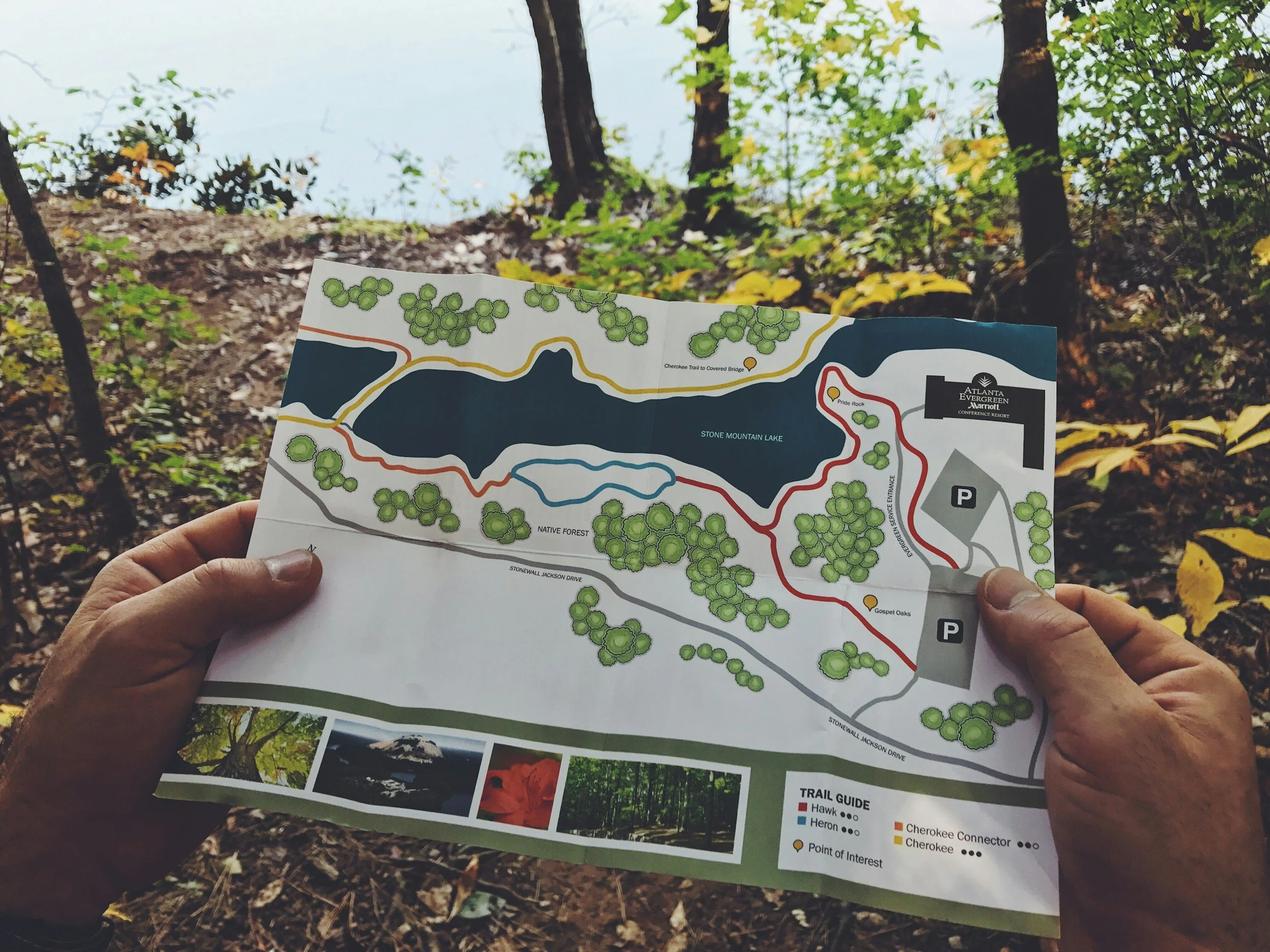
Be Your Dog’s Tour Guide: Helping Them Navigate a Human World
Your dog didn’t grow up reading street signs, navigating parking lots, or knowing why that big metal box on the sidewalk sometimes moves. The human world is weird. Here’s how to guide your dog through it like a pro.
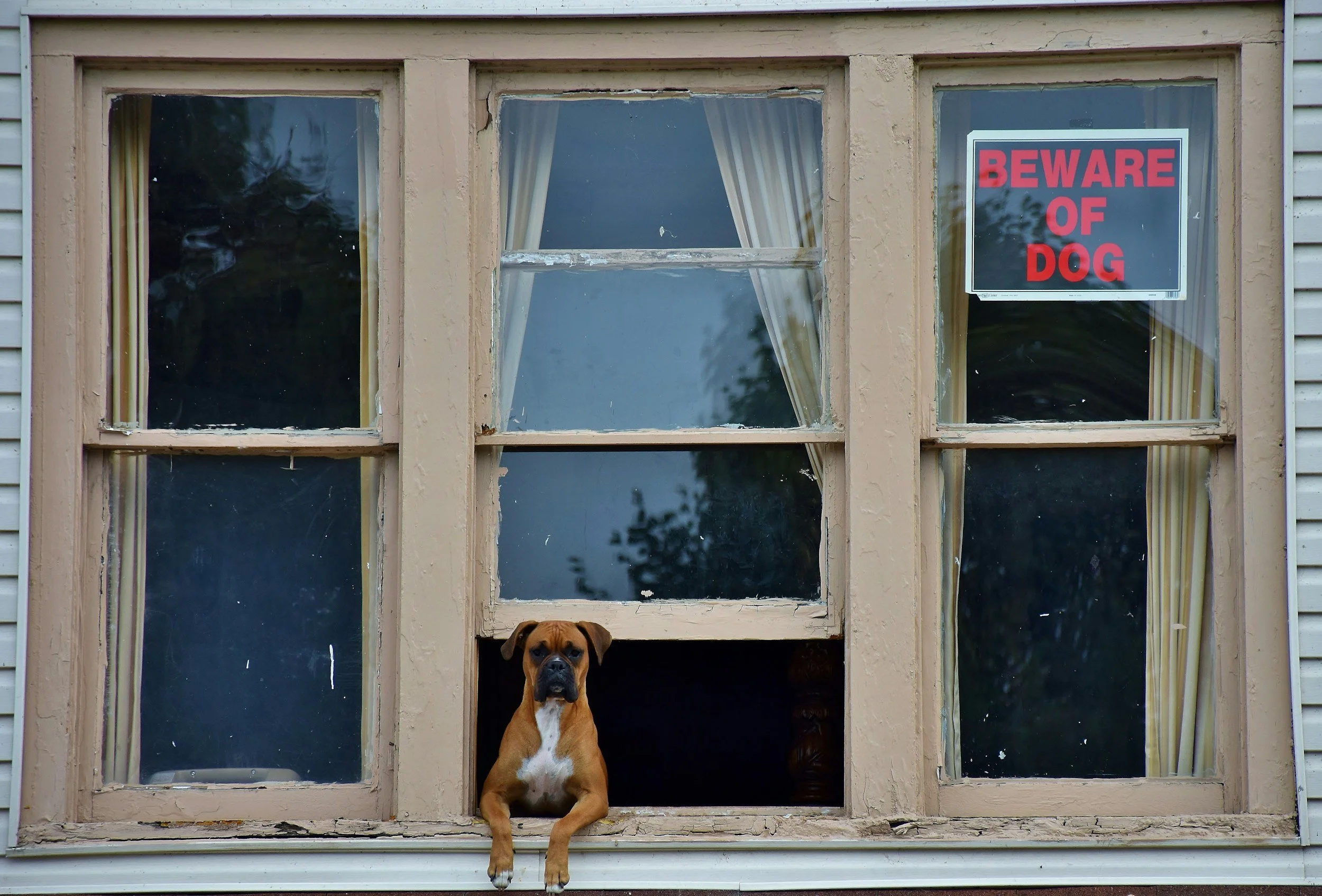
Perceived Dangers: Why Your Dog Thinks They’re on Neighborhood Watch (and How to Change That)
When your dog barks at a passing jogger or even a leaf skittering across the driveway, they’re not being “naughty”—they’re doing a job they believe is theirs. Here’s how to acknowledge, step in, and show them you’ve got the security detail covered—so they can finally relax.

🐟 Roo Bites (aka Sardine Specials): Homemade Dog Treats That’ll Make Tails Wag
I started making treats because of food allergies. Now I stick with it because dogs love these. Soft, simple, and easy to make at home.
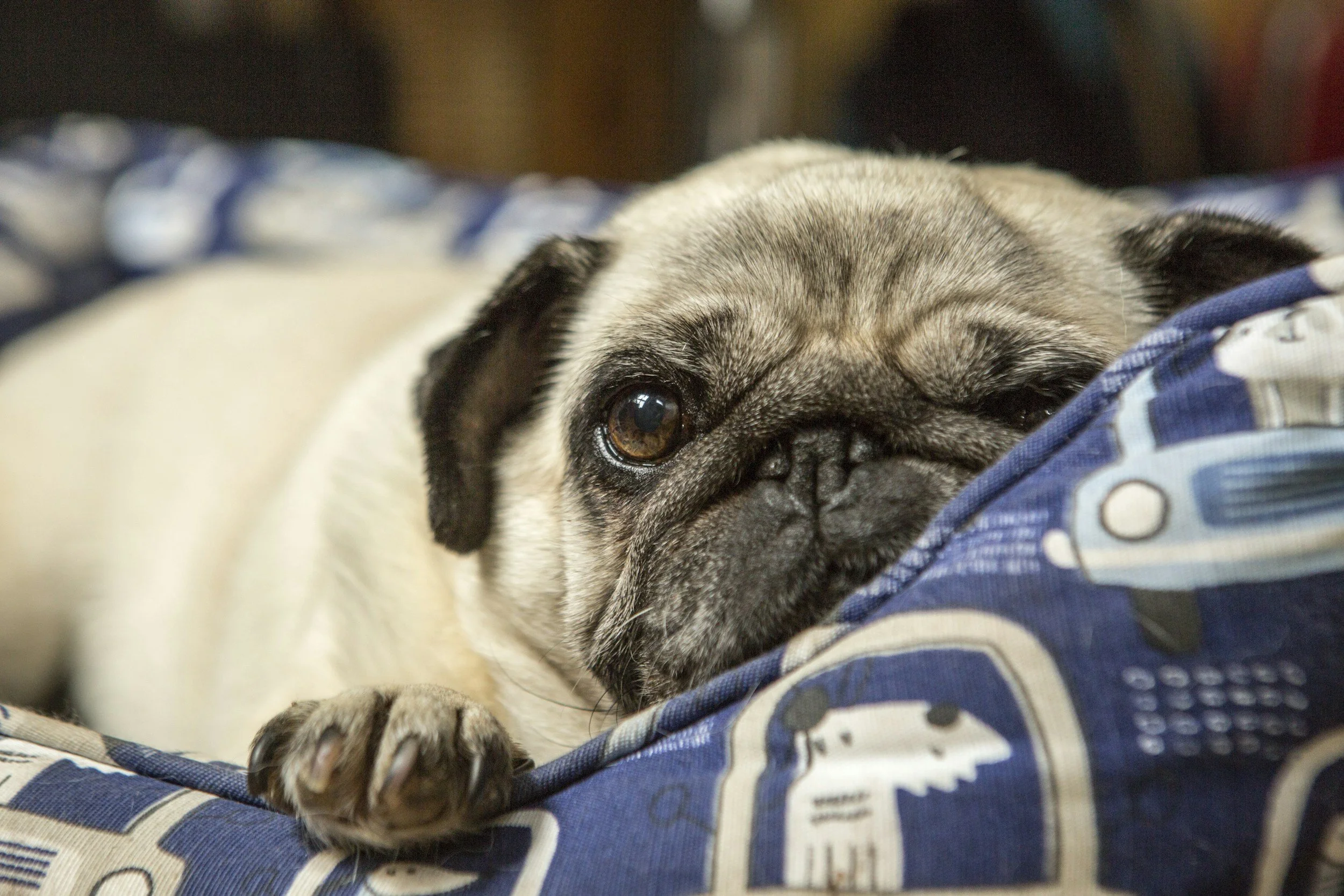
Building Calm in an Exciting World
In a world full of distractions and stimulation, helping your dog build calm is one of the best gifts you can give them. Here’s how I teach calmness—and why it matters so much.
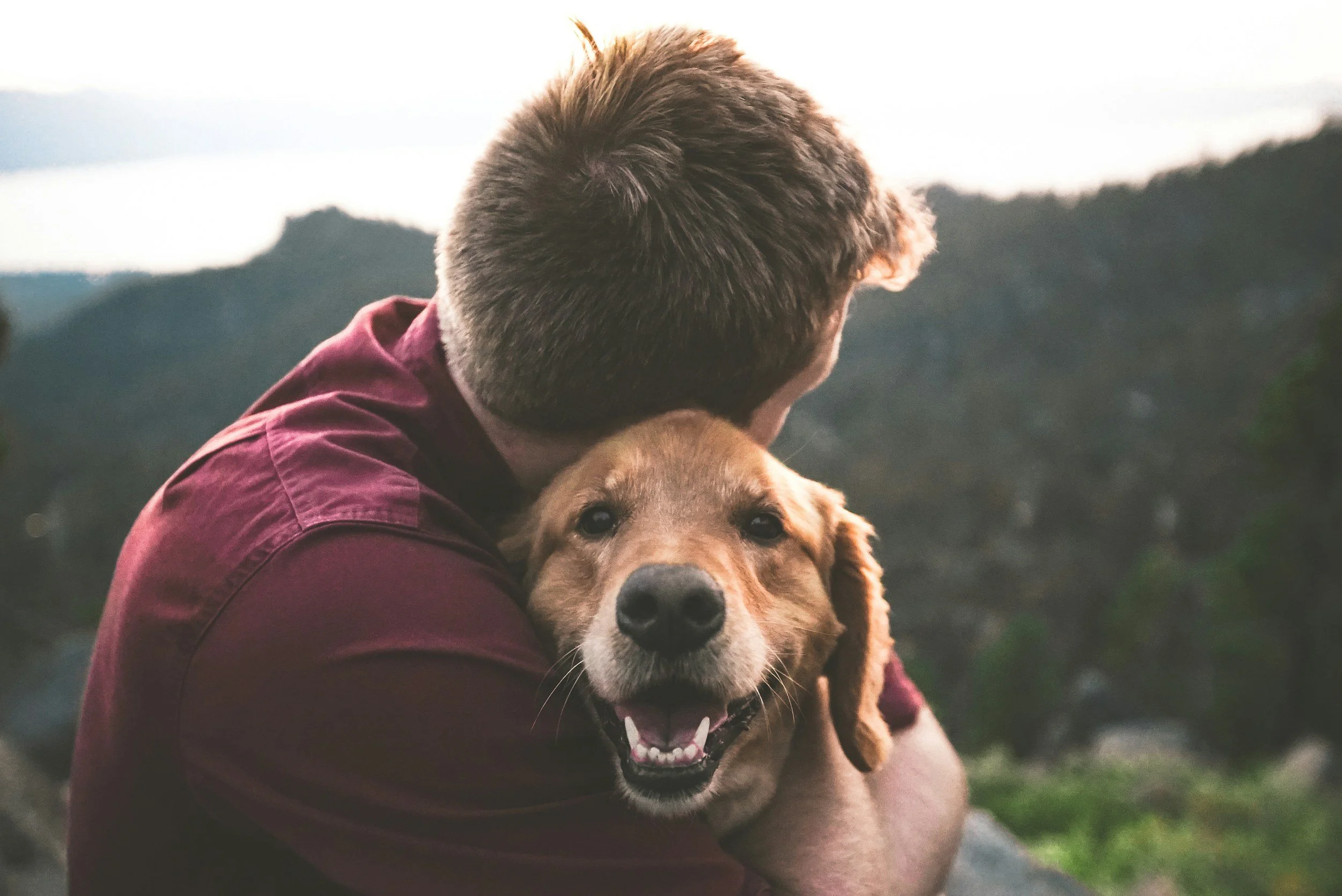
Why I Believe Dog Training Should Be Fun—For Both Ends of the Leash
When training is fun, everyone wins. Here’s why joy and play should be at the heart of your dog training—and how that mindset can transform your partnership with your dog.
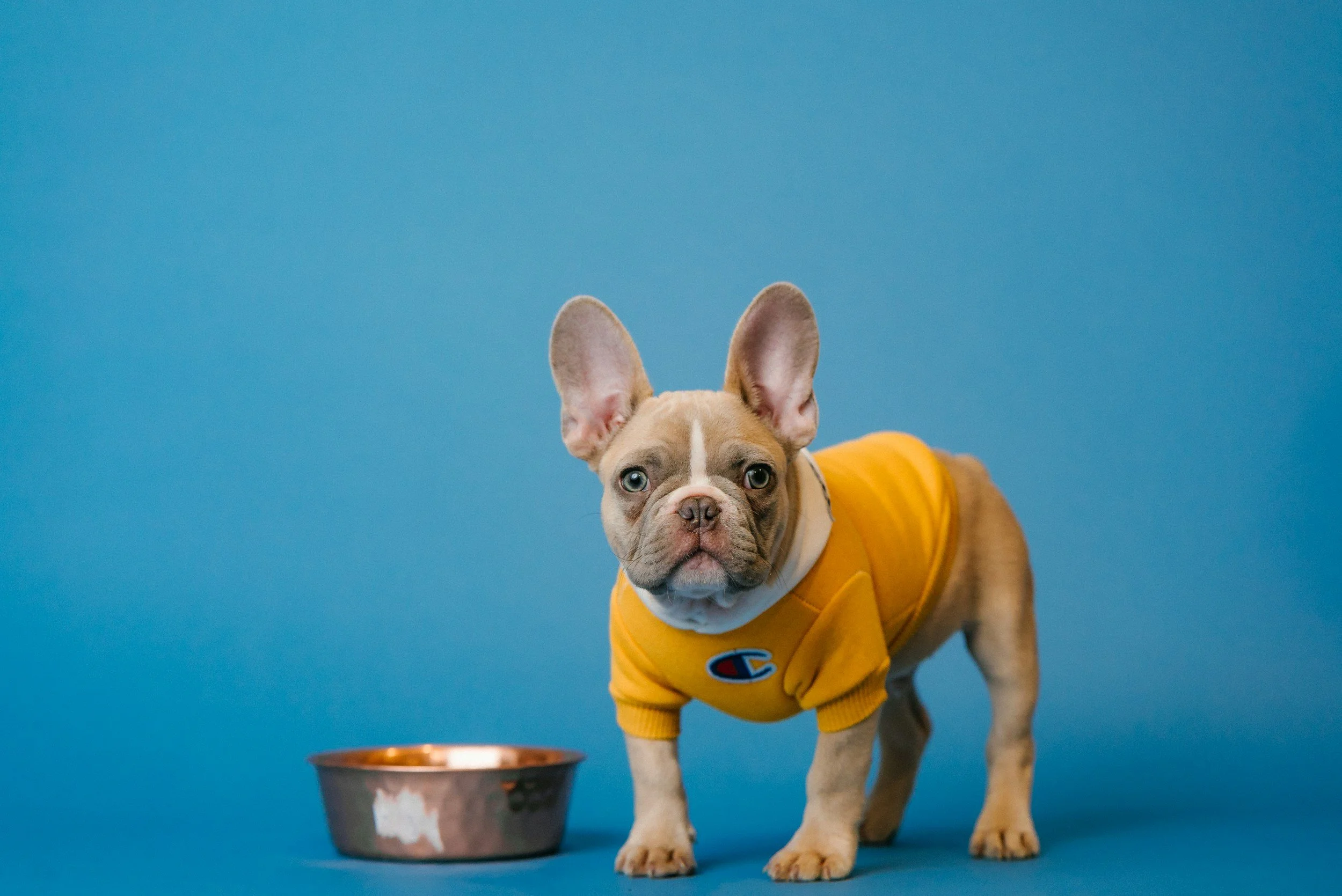
Training Without the Bowl: Make Every Moment Count
Want to get more out of your dog training? Stop feeding from the bowl and start training throughout the day. Here’s why this method works—and how I use it with my own dogs.
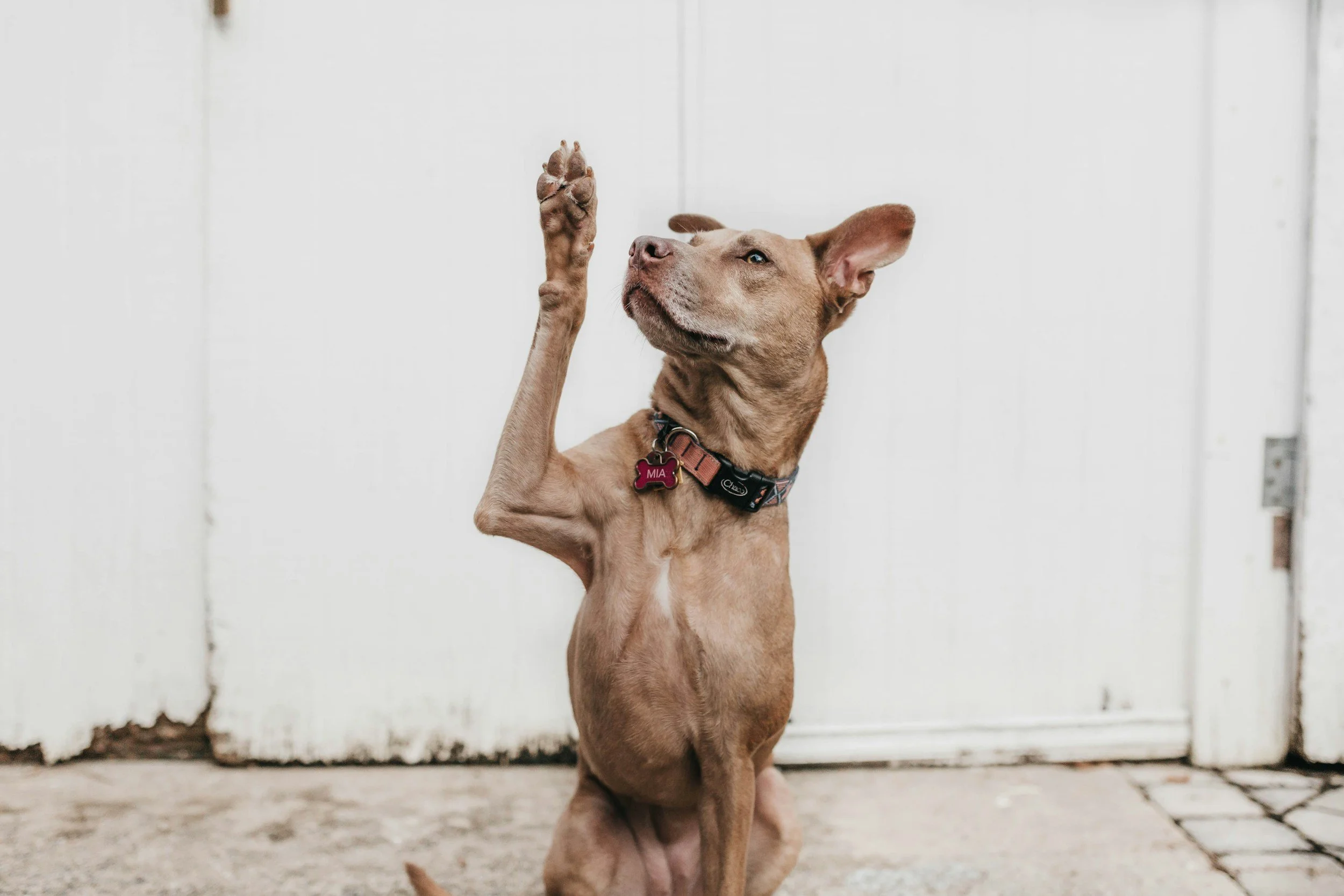
Trick Training: More Than Just Fun—It Builds Trust and Focus
Trick training builds so much more than cute behaviors. It’s a powerful way to deepen trust, improve focus, and create joyful connection with your dog. Here’s why I love it—and why your dog will too.
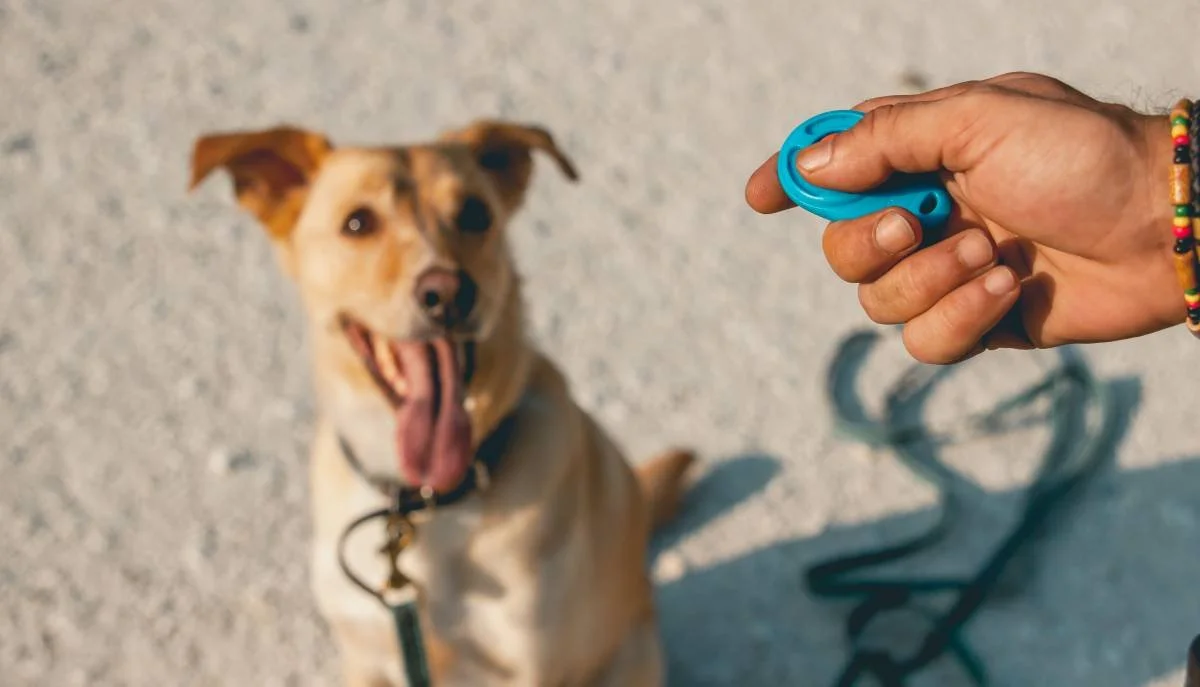
Why Clicker Training Changed Everything For Me
Clicker training isn’t just a trendy tool—it’s the clearest way I’ve found to communicate with dogs. Here’s why it changed my entire approach to training—and why I think you’ll love it too.

Building a Reliable Recall: Start Before You Need It
A strong recall can save your dog's life—and open the door to off-leash adventures. Learn how to build it with positive training and engagement games.

